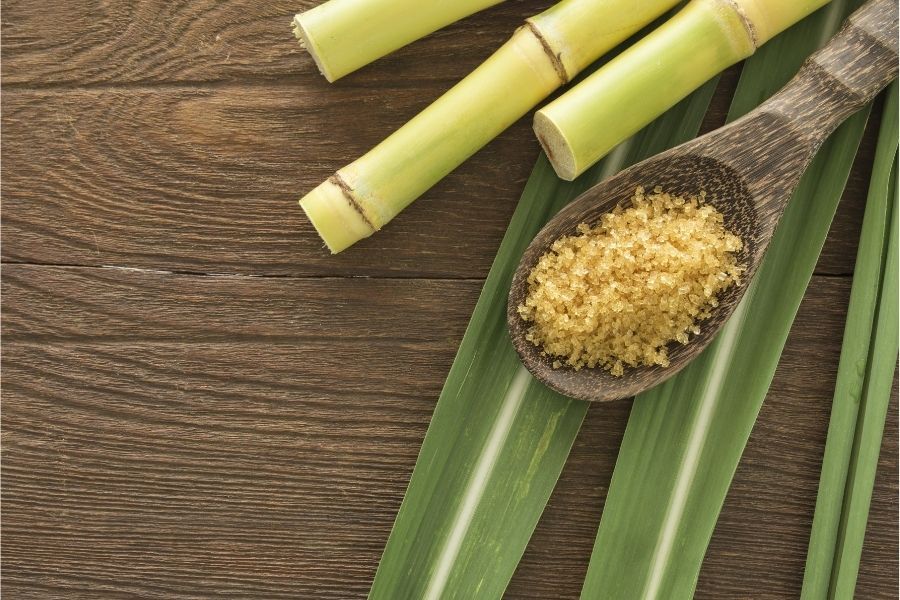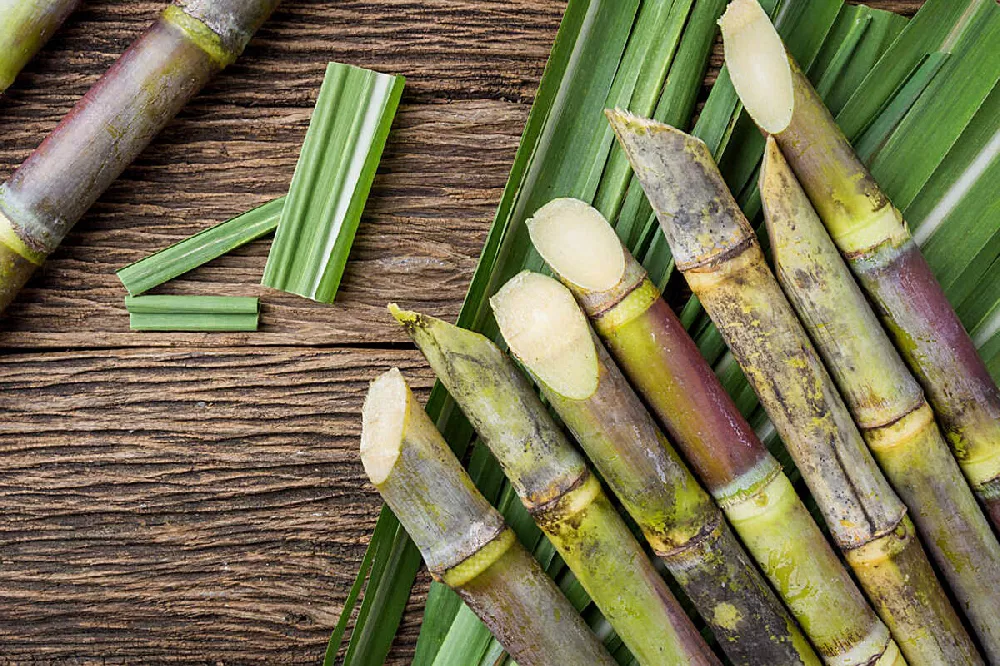The Scientific Research Behind Cane Sugar Processing: How Sweetness is Refined
The Scientific Research Behind Cane Sugar Processing: How Sweetness is Refined
Blog Article
Discovering the Comprehensive Steps Associated With Walking Stick Sugar Handling From Gathering to Refinement
The process of cane sugar manufacturing incorporates a collection of elaborate steps, starting with the careful harvesting of sugarcane and culminating in the improvement stages that guarantee the final item fulfills sector standards. Each phase, from the removal of juice to the purification and formation procedures, plays a vital duty in figuring out the top quality and character of the sugar. Recognizing these phases not just highlights the complexity of sugar manufacturing however additionally increases important inquiries regarding effectiveness, sustainability, and technology in the industry. What effects do these factors have for future techniques?
Gathering Sugarcane
Gathering sugarcane is an important action in the cane sugar handling chain, as it straight affects the top quality and return of the last product. Appropriate timing and methods are necessary throughout this stage to make certain optimum sugar content and reduce losses. Normally, sugarcane is harvested when it reaches maturity, normally 12 to 18 months after planting, characterized by a high sucrose concentration.

Post-harvest, the sugarcane must be processed quickly to stop sucrose degradation. Preferably, collected cane ought to be transferred to processing centers within 1 day to protect sugar quality. Therefore, effective logistical preparation is crucial to keep the honesty of the gathered crop throughout the supply chain.
Extraction Refine

The crushed walking stick is subjected to a collection of pressing procedures to make best use of juice healing. Commonly, warm water is sprayed onto the crushed walking cane, developing a countercurrent circulation that aids dissolve the sugar while likewise assisting in the removal procedure. The juice accumulated from this procedure contains not just sugar yet additionally different natural compounds and impurities.

To enhance extraction performance, some facilities may use diffusion techniques, where the sugarcane is soaked in warm water, enabling the soluble sugars to diffuse right into the fluid. The resulting juice, abundant in sucrose, is after that guided to subsequent processing phases, laying the foundation for purification and improvement. The extraction process is thus essential in identifying the top quality and yield of the last sugar item.
Purification Techniques
The filtration methods used in cane sugar handling are necessary for transforming the raw juice into a top notch sugar item. These approaches mostly aim to get rid of pollutants, such as dirt, plant products, and inorganic substances, which can negatively find impact the end product's taste and color.
Among one of the most usual filtration techniques is clarification. This procedure entails including lime and warmth to the raw juice, which facilitates the coagulation of impurities. The resulting precipitate is then eliminated via sedimentation or filtration, producing a more clear juice. Additionally, using phosphoric acid can boost the information process by further binding pollutants.
Another significant method is carbonatation, where co2 is introduced to the made clear juice. This response creates calcium carbonate, which captures continuing to be impurities and advertises their removal.
Additionally, triggered carbon therapy may be put on adsorb any type of continuing to be colorants and organic impurities, ensuring a much more refined product. The mix of these techniques efficiently prepares the sugar juice for succeeding steps in the refining procedure, setting the phase for the production of high-quality walking cane sugar.
Formation Methods
After the filtration phase, the next critical step in cane sugar handling involves formation methods, which play an essential role in changing the cleared up juice into strong sugar. This procedure normally employs 2 key methods: spontaneous condensation and regulated crystallization.
In spontaneous crystallization, supersaturated sugar services are permitted to cool down naturally, leading to the formation of sugar crystals over time. This approach allows for the consistent development of sugar crystals and higher purity.
During formation, the cleared up juice is concentrated with dissipation, raising its sugar web content top article up until it reaches supersaturation. Once this point is accomplished, either approach can facilitate the formation process. Cane Sugar Processing. The resultant sugar crystals are then divided from the remaining syrup via centrifugation
Ultimately, the choice of crystallization method influences the high quality, dimension, and purity of the final sugar product, making this step essential in the general walking stick sugar processing treatment.
Improvement and Packaging
Exactly how can the pureness and quality of cane sugar be better enhanced after condensation? The improvement process plays a critical duty in achieving top quality cane sugar.
Following, the sugar undergoes a process called centrifugation, where it is rotated at high speeds to separate the purified sugar crystals from the remaining liquid. After centrifugation, the sugar is typically more refined with a method called carbonization or phosphatation, which utilizes triggered carbon or phosphoric acid to eliminate color and off-flavors.
As soon as refined, the sugar is dried out to attain the desired dampness material, making sure that it stays stable during storage space and transport. The final step entails product packaging the refined sugar in moisture-proof and closed containers to keep its quality and prevent contamination. Cane Sugar Processing. Appropriate packaging not just expands service helpful hints life however additionally facilitates easy handling and distribution, guaranteeing that customers get sugar that satisfies the greatest criteria of pureness and top quality
Verdict
The comprehensive steps associated with walking stick sugar handling, from the thorough harvesting of sugarcane to the intricate refinement and packaging stages, underscore the value of each phase in making sure high-grade sugar manufacturing. Optimum harvesting methods, efficient removal methods, and extensive purification procedures jointly add to the last item's pureness and stability. The crystallization and subsequent product packaging methods additionally boost the honesty and life span of the sugar, highlighting the complexity and precision integral in this vital farming industry.
The procedure of cane sugar production encompasses a series of complex steps, beginning with the careful harvesting of sugarcane and culminating in the improvement phases that make sure the last product satisfies industry standards. Ideally, harvested walking stick ought to be moved to refining centers within 24 hours to maintain sugar top quality.In spontaneous condensation, supersaturated sugar remedies are permitted to cool naturally, leading to the development of sugar crystals over time - Cane Sugar Processing. The improvement procedure plays an important function in attaining high-quality walking stick sugar.The detailed actions involved in cane sugar handling, from the meticulous harvesting of sugarcane to the detailed improvement and product packaging phases, highlight the significance of each stage in making sure premium sugar production
Report this page